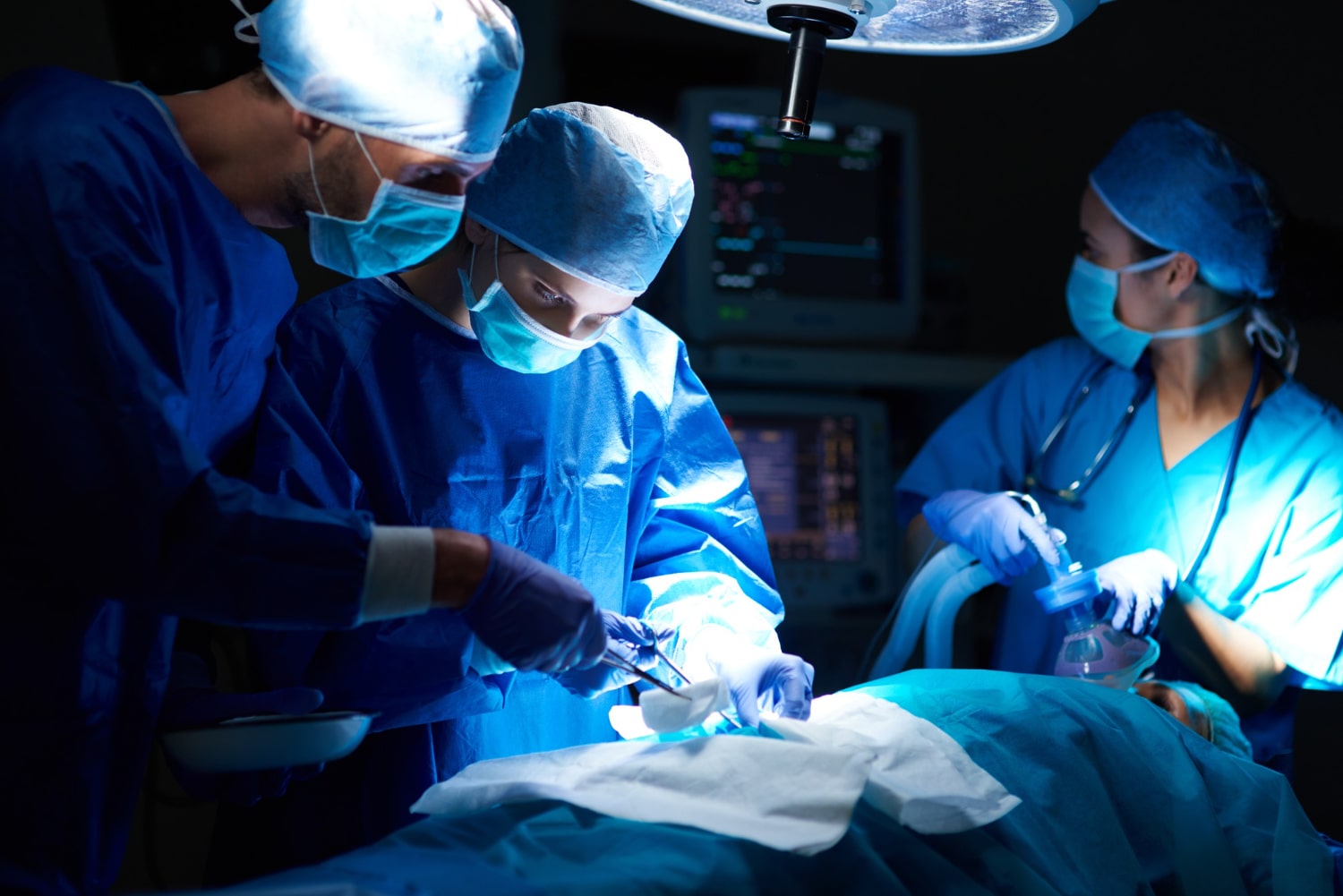What is Laparoscopic Surgery? Purpose, Procedure, Recovery, and More
Laparoscopic surgery is a minimally invasive procedure that uses a laparoscope to visualize the internal organs for different purposes. This procedure was performed for the first time in the year 1901 and to date remains an eminent part of the diagnostic and surgical medical processes. Today, over 13 million laparoscopic surgeries are performed across the globe every year.
Over the past century, the medical field has experienced benchmark progress. Laparoscopic surgery is now highly advanced, more reliable, and serves multiple purposes. Read on to learn more about laparoscopic treatments, their purpose, procedures, and more.
What is Laparoscopic Surgery?
Laparoscopic surgery is a minimally invasive diagnostic procedure that helps doctors visualize the internal organs and structures more closely. This procedure makes use of a device called a laparoscope which resembles a telescope with its thin tube-like build. At its tip, a laparoscope contains a high-resolution camera to get live imaging of the target organ or structure.
Surgeons insert the laparoscope into your body through a small incision. In some cases, laparoscopy surgery also involves inserting surgical equipment through another incision to take tissue samples or perform minor procedures.
Laparoscopy primarily covers the abdominal and pelvic organs and the ones surrounding them, including the stomach, intestines, spleen, gallbladder, liver, pancreas, and uterus. It also helps visualize other closed structures like the knees.
Why is Laparoscopic Surgery Done?
Laparoscopic surgery aids medical procedures in many ways. Your doctor can prescribe you a laparoscopy for the following purposes:
- To diagnose or confirm endometriosis and other pelvic inflammatory conditions
- To determine the cause of pain or discomfort
- To examine an abnormal tissue mass
- To take tissue samples for observation and tests including biopsies
- To spot any blockage in the fallopian tube
- To look for the cause of infertility in females
- To study the progress or efficacy of a treatment
Oftentimes, an ultrasound or an X-ray cannot give enough information to make a proper diagnosis and follow it with the appropriate treatment. In such cases, laparoscopy allows close examination of organs and structures and aids in quality treatment.
What is the Procedure of Laparoscopy?
Since laparoscopy is a minimally invasive process, its procedure is comparatively simple. Your doctor will give you the instructions for the preparation for the surgery and guide you through tips for a quick and efficient recovery. Here is what you can expect before, during, and after laparoscopic surgery.
Before the Surgery
Before the surgery, your doctor would order a few tests like blood tests and imaging like MRI and CT scan to determine the safety of the procedure and/or use the results as a reference for the surgery. You will be expected to stop eating or drinking anything since midnight before the day of the surgery, or as advised by the doctor. Avoid smoking or alcohol intake for a few days leading up to the surgery.
During the Surgery
For the procedure, you have to lie down on the operating table, usually with your feet at a higher inclination than your head. Your surgeon will give you a general anaesthetic right before the surgery to prevent any pain. As it is a minimally invasive process, your doctor will make a small incision close to your navel through which they insert a laparoscope.
The doctor would inflate your abdomen to assist with a better view and allow more space for the laparoscope. If called for, the surgeon would insert a laparoscope-like device with surgical aids at its tip through a second incision made right along your pubic hairline. This helps in taking tissue samples and removing scar tissue. In some cases, like determining a fallopian tube blockage, doctors use a dye along with the laparoscope for better information.
Once the purpose of the surgery is fulfilled, your surgeon will stitch up the incision and keep you under brief observation.
After the Surgery
After the surgery, the doctor will keep you under close observation for 4 to 5 hours. The medical team will give you detailed information about the things to do and avoid during your recovery.
Laparoscopy is a minor procedure and hence, you may be able to return to work about 3 days after the surgery. While you can remove the bandages from the wound, consult with your doctor before removing the surgical strips pasted over the stitches. You should be allowed to take a bath and perform mild activities after consulting with your doctor.
Avoid smoking and alcohol consumption while you recover from the surgery. It is advisable to pay regular follow-up visits to your doctor to ensure the stitches are healing fine. With proper guidance and care, you can go through a quick and easy recovery after laparoscopic surgery.
The Outlook
Laparoscopic surgery helps your doctors examine the problems more closely and provide the appropriate treatment. With the advancement in medical technology, this procedure has become highly efficient, reliable, and safe. You can go through the motions of this surgery in a short time without long hospital stays or a prolonged recovery time. Consult with your doctor before and after the surgery for any tips and guidance and follow their instructions for optimal outcome.
